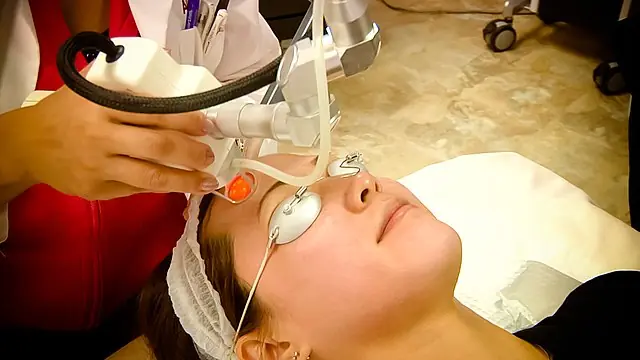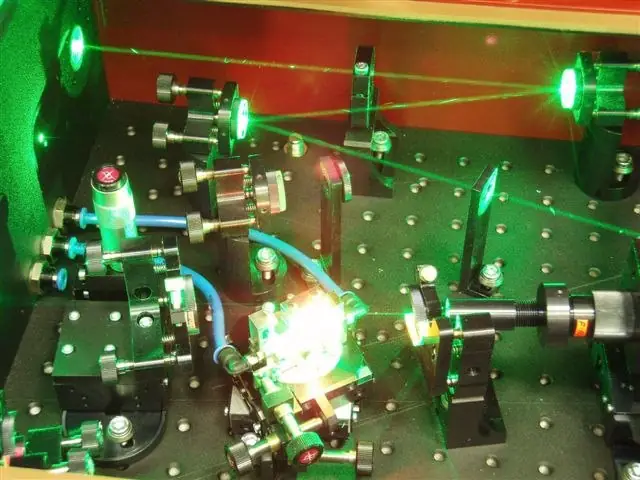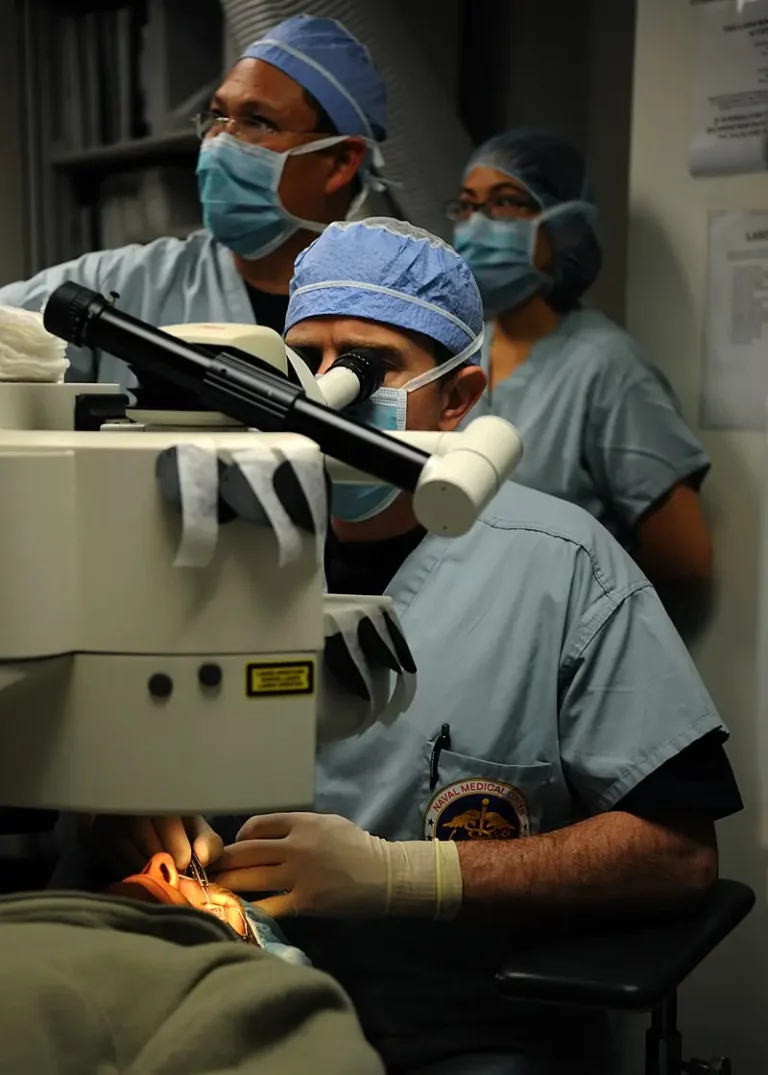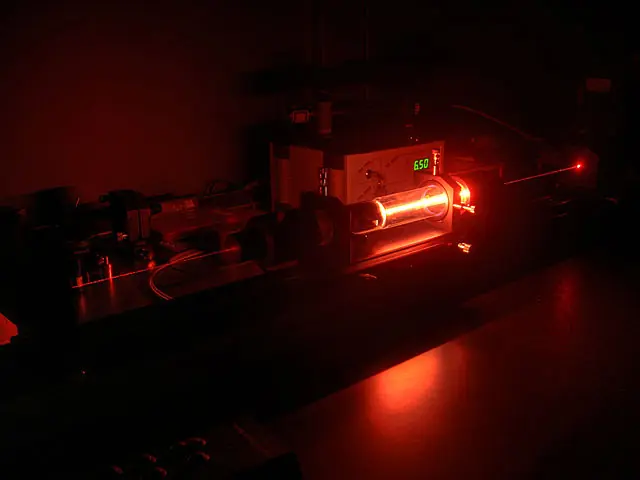What is Laser Therapy? Benefits and Uses of Laser Therapy in Scientific Medicine

Laser therapy is a medical treatment that uses focused light to treat various conditions and injuries. The laser light is applied directly to the skin, which allows it to penetrate deep into the tissue. This type of therapy has been shown to be effective in treating a variety of conditions, including pain relief, wound healing, and reducing inflammation. Laser therapy can be used to treat both chronic and acute conditions.
Laser therapy is a relatively new treatment modality and its use in medicine is constantly evolving. There are many different types of lasers that can be used for different purposes. The most common type of laser used in medicine is an infrared laser. Infrared lasers are able to penetrate deep into the tissue and provide pain relief by decreasing inflammation.
Laser therapy has been shown to be an effective treatment for a variety of conditions. Some of the most common conditions that are treated with laser therapy include: carpal tunnel syndrome, tendinitis, arthritis, back pain, neck pain, muscle spasms, and nerve pain. In addition to pain relief, laser therapy has also been shown to promote wound healing and reduce inflammation.
There are a number of different benefits associated with laser therapy. One of the most significant benefits is that it is non-invasive; meaning there are no incisions or needles involved in the treatment process. Laser therapy is also quick and easy; treatments typically last between 5-10 minutes depending on the condition being treated. Additionally, laser therapy is often covered by insurance plans as it is considered a medically necessary treatment for many conditions.
In addition to infrared lasers, there are also other types of lasers that can be used for therapeutic purposes. These include: ultraviolet lasers, visible light lasers, and near-infrared lasers. Each type of laser has unique properties that make it suitable for certain conditions or injuries. For example, ultraviolet lasers are often used to treat skin conditions such as psoriasis or vitiligo. Visible light lasers are commonly used for cosmetic procedures such as hair removal or tattoo removal. Near-infrared lasers are often used in physical therapy or rehabilitation settings to stimulate tissue healing.

What are some of the risks associated with laser therapy?
Although laser therapy is generally considered safe, there are some risks associated with this type of treatment. The most common side effect is temporary discomfort during or immediately after the treatment session. Other potential side effects include: erythema (redness), edema (swelling), blistering, crusting, hyperpigmentation (darkening of the skin), and hypopigmentation (lightening of the skin). It is important to note that these side effects are typically mild and resolve on their own within a few days or weeks following treatment.
There are a few contraindications for laser therapy. These include: active infections, open wounds, pregnant or breastfeeding women, and people with a history of keloid scarring. It is important to consult with a medical professional prior to beginning any laser therapy treatment to ensure that it is safe and appropriate for you.






